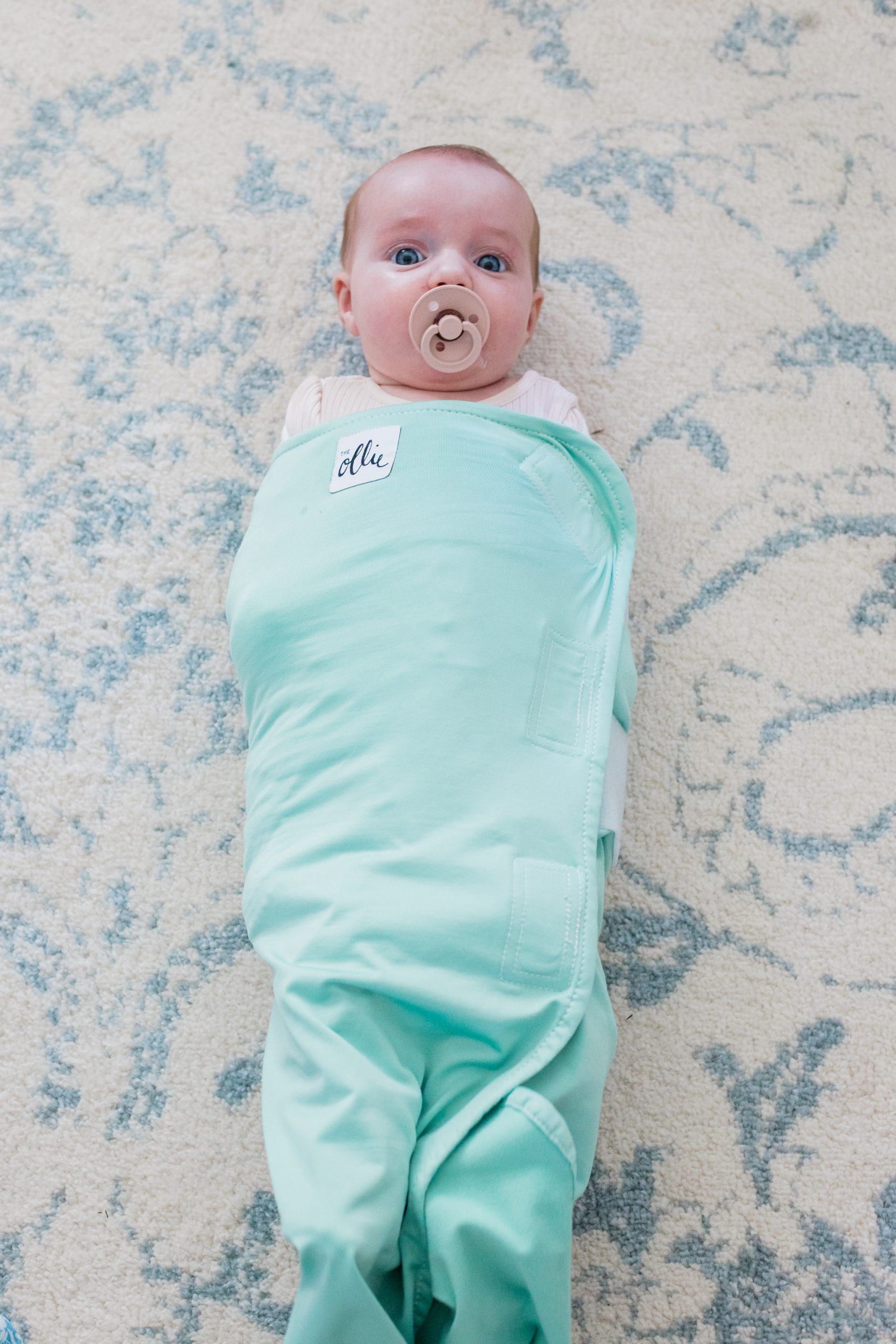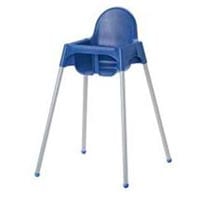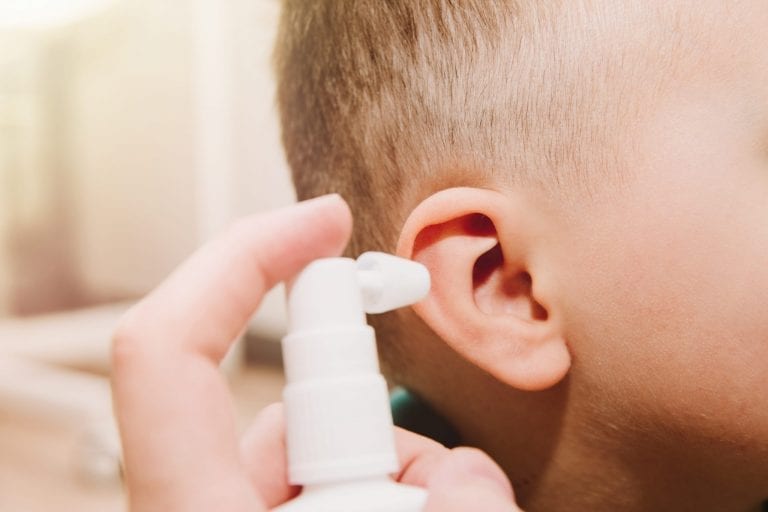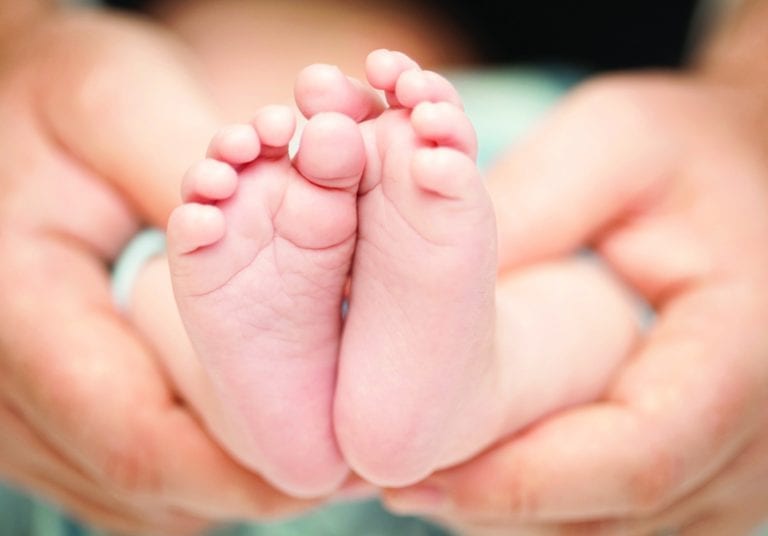Safe Baby Soothing
We know you need more than one way to safely shush your fussy baby. Learn about safe baby soothing.
Parents seem to fear a fussy baby almost more than any other part of parenting. And baby boot camp begins the moment you hold your little one in your arms for the first time. Babies cry because they don’t yet talk—it’s your job to learn does that crying mean “I’m uncomfortable” or “I need a change” or “I need to be held.” Decoding babies’ cries is step one in becoming an expert in baby soothing.
As the parent, you’ve got the advantage. Your baby loves to be with you, and she or he wants your help navigating this new world. Even during pregnancy babies are comforted by the sounds of their parents talking. They know mom’s heartbeat and will quickly get to know dad’s.
There are many reasons babies cry—and usually it’s to express a need. Babies rarely cry when they’re sick—they tend to withdraw and be quieter. See baby’s healthcare provider if baby’s crying is prolonged and if baby has been vomiting, has diarrhea, is refusing to eat or is running a fever.
SEE ALSO: How to Deal with Your Baby Crying Non-Stop and My Baby Cries Every Night: What Is Purple Crying?
Babies and Stress
When you’re stressed, it’s very difficult to calm a fussy baby. You need to calm yourself first! This means taking a break and letting someone else care for baby. If you’re alone, this means putting baby safely in the crib and going into another room where you can still hear or see baby while you take a break. Some states even have parent hotlines if you need a break but have no one to call.
Why Babies Get Fussy
- Crying is normal; it’s your baby’s only way of communicating a need
- Babies fuss and cry a lot in the first 4 months of life; infant crying peeks between ages 6-8 weeks
- Check the basics for a quick fix to meet baby’s needs; is baby:
- Hungry
- Needing a diaper change
- Too hot; too cold
- Bored; needing affection or attention
- Try a womb-like fix; many babies are soothed by things that remind them of being in the womb, such a being swaddled or held close in a warm, dark space as you gently rock in a chair or back and forth
- Crying it out with supervision is OK; there are times when soothing is just impossible and your baby just needs to fuss or cry for a while. Experts call this a period of “purple crying” and nearly all babies seem to go through it
- Find the techniques that work for you baby; well-meaning soothing advice from others is only good if it works for you and your baby
- What calms babies at 3 weeks may not work at 3 months; keep trying new soothing techniques and retry older ones that worked when baby was younger
Safe Baby Soothing Techniques That Work
- Cradle baby in your arms against your chest or shoulder, with baby’s face turned to the side
- Cradle and sway or walk with baby
- Gently glide or rock with baby
- Swaddle, re-swaddle or unwrap the swaddle
- Gently bounce on an exercise ball with baby
- Lay baby across your forearm on on your knees; this really helps babies with gassy tummies
- Massage baby’s back, legs, arms and tummy; pure coconut oil is a safe, gentle product for baby’s skin
- Give baby a warm bath; cover baby’s body with a warm washcloth or towel while in the bath for even more warmth and comfort
- Whisper into baby’s ears
- Sing, hum, chant or shush—repetitive words or sounds are soothing
- Play calming music or white noise like ocean waves, rain or a shushing sound
- Take baby to a quiet, dimly lit room away from other people and noise
- Turn off all noise, such as TV or stereos
- Roll baby in their stroller around the house or neighborhood
- Go outside for a change of scenery and environment
- Take baby for a car ride in an approved rear-facing infant car seat
- Nurse baby or feed baby breastmilk from a bottle
- Let baby suck your clean fingers, pinky finger nail side down works great
- Try a pacifier
- Cradle baby with mom’s pillowcase or pajama top; baby may be missing mom’s scent
- Tag team soothing baby; switch off with your partner or another adult every 15-30 minutes so that no one loses their cool with baby—soothing takes patience and energy!
- Stick with a technique; it make take a few minutes before baby responds to your technique, especially during hard crying periods
- Offer a frozen teether or washcloth
Never Shake a Baby, EVER!
By the time your baby is born, hopefully you will have been educated about the dangers of shaking a baby. It is never OK to shake an infant. Even one episode of brief shaking can lead to permanent changes in the baby’s delicate brain. Situations that lead to a parent or other caregiver shaking a baby are a crying infant combined with a caregiver who is feeling very stressed and angry about the crying. If you ever feel that you are in such a situation, place your baby in a safe position on his or her back in the crib, remove yourself from the baby’s room and call for help (a parent hotline or a friend who can help you).
SEE ALSO: Preventing Shaken Baby Syndrome
Safe Positions for Baby
Your newborn doesn’t have the muscle strength to hold or move his or her head, baby depends on you to position her or his head so that the airway is always clear. This is important when you’re putting baby to sleep on its back in a crib, and when you’re holding baby. To safely position baby so that the chin doesn’t press down on the chest:
- Keep baby’s head in the same direction as his or her chest; if baby’s face is turned to the side—like when you are holding the baby on your shoulder—make sure you have a clear view of baby’s face so you can see baby breathing normally
- Keep baby’s nose turned upward—like baby’s sniffing the wind—don’t let baby’s face fall forward or to one side
- Always place baby on his or her back for sleeping—never on the tummy or side
- Baby should only be put to sleep on her or his back on a firm surface, such as an approved crib or bassinet. No bumpers, pillows, toys—just a firm, tight-fitted mattress with a fitted sheet and baby
- Never put baby to sleep on a sofa, stuffed chair or pillow; it’s just as dangerous to baby if you fall asleep while holding baby on a sofa, stuffed chair or pillow.
ALSO READ: What’s New with Safe Infant Sleep? plus 15 Safe Sleep Tips for Baby and ABCs of Safe Baby Sleep
There’s Help When You Need It
Call one of these hotlines when you just need someone to talk to or a break from your crying baby:
- 24-Hour Parent Helpline: 888-435-7553
- Crying Baby Hotline: 866-243-2229
- Fussy Baby Warmline: 888-431-BABY
Learn about: Moro Reflex and Understanding Cradle Cap
FURTHER READING:
Making Your Home Comfortable for Baby
Steps After Bringing Baby Home
How to Deal With a New Baby
,












